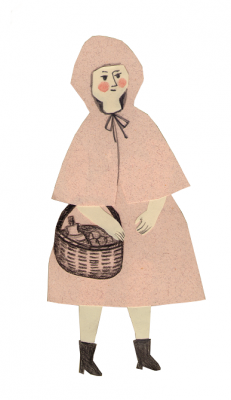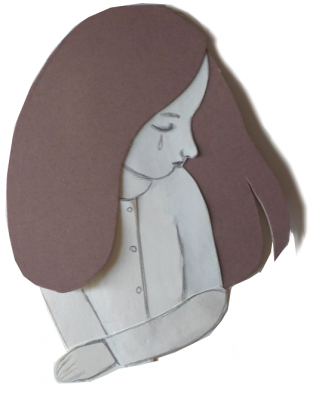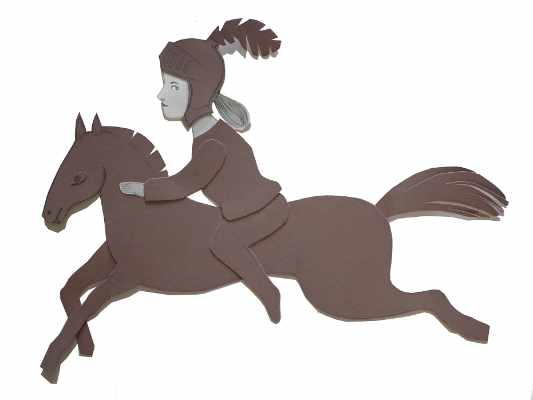Fairy tale heroes spend their time breaking records!
Jean Giraudoux
WONDER TALE HEROES
Although wonder tales are set in a time and place outside of time, their direct and symbolic language, as well as the idea of a happiness accessible to all, transform them into a universal message.

Wonder tales have an initiatory dimension: the hero must show skill and courage to legitimately enter the adult community, overcoming trials leading the story to a happy ending.
By identifying with the heroes, the children take on their skills, thus developing their self-esteem and self-confidence.
ORDINARY MAN?
The hero is the main character around whom the story evolves. The etymology of the word ‘hero’ comes from the ancient Greek word hérôs, whose Indo-European root means to protect. The hero’s task is to protect others in the face of danger and adversity. To do this, he is often endowed with extraordinary abilities that make him superior. In myths, his strength and abilities are largely derived from the favour of the gods.
However, the hero of the marvellous tales is very different from that of antiquity: he is not superior to other men, but rather an ordinary person, a woman, a man, a child or even an animal. At the beginning, he is often disadvantaged (the hero is the youngest of the siblings, the smallest…), but he rises in the course of the story. Sometimes he receives help from others in return for his altruism: characters with magical powers, known as “auxiliaries”, may come to his aid or give him objects with extraordinary powers that will be useful when he needs them most.
Today, the concept of the hero has changed: each of us can be considered a hero! In our daily lives and through our actions… doctors, nurses, policemen, football players, etc.
DIFFERENT TYPES OF HEROES
Vladimir Propp, a Russian folklorist, has identified two types of heroes. The first type is the “hero-victim”, involuntary, forced to react and to manage to survive or to get out of difficulties. The second type of hero is the ‘hero-investigator’ who acts on his own initiative.
This distinction does not apply to all fairy tales: two characters can play the role of hero, just as the hero can be both questor and victim, for example of his siblings. The hero’s identity can also be threatened by a usurper character who takes his place – see the tale : Forte, Fortissimo Spaccaferro (Strong, Stronger, Ironbreaker).

The hero always succeeds, alone or with the help of someone, in regaining the position that has been stolen from him, thus proving his worth and the rightness of his claim.
The hero-victim and the hero-investigator experience similar events and situations, the difference being the origin of their involvement. The hero-victim is often hunted or imprisoned, while the questor is driven solely by his own will. Both may be aided by a helper or a magical object.

Some heroes, at the beginning of the story, are not heroic at all. They prefer to be lazy – as in the tale : Sette di tutto (Seven of everything) – and are sometimes endowed with little intelligence. In the course of the story, these characters will evolve positively, but sometimes the “good-for-nothing” hero is deceived by other characters who are more intelligent than him: if you are stupid, rude or ungrateful, you will be punished for what you do – read the tales: La volpe con gli stivali (The fox with the boots), Caccarentola.
FAKE HEROES
In marvellous tales, there are false heroes, often brothers of the hero who make false claims in order to win the kingdom or the hand of the king’s daughter. To do this, they do not hesitate to try to kill their brother, who, faced with new trials, usually succeeds in triumphing and returning to his father’s castle to confound the false heroes. On their return to the king, they pretend to be the winners, those who have passed all the tests, until the real hero manages to reveal the truth and be recognised. The false heroes are then unmasked and often put to death.
WOMEN IN ACTION
In many fairy tales, like their male counterparts, women and girls show courage, strength, intelligence and are not afraid to be challenged by and to oppose men. In these stories, the character of the female figure is often surprising, given the period and historical context of the story.
Among the Sicilian tales of Giovanni Pitré, an Italian folklorist (late 19th – early 20th century), the stories collected from the storyteller Agatuzza Messia show a complex female figure. The marvellous tale Caterina la Sapiente (Catherine the Wise) describes an intelligent and learned woman – a strong character who often appears in Italian folklore. Pitré’s version, later taken up by Calvino (a version adapted by Barbara Lachi can be found in the library of tales), can be seen as a certain equality between men and women, as well as a very modern vision of education. In another tale, Piume e Spade (Feathers and Swords), the heroine defies and overcomes her male opponents, using her strength and ingenuity.
The women portrayed in traditional stories are far more heroic than is generally thought. They are strong, determined and committed. With their powers and knowledge, they occupy a place that belongs to them alone.
TO BE DISCOVERED IN THE STORY LIBRARY
Heroes and investigators
– Il vestito di Legno o Pelle d’Asino (The wooden dress or Donkey Skin)
– La bambina e l’Orchessa o Cappuccetto Rosso (The little girl and the ogress or Little Red Riding Hood)
– Il giardino incantato (The enchanted garden)
– Sette spade e sette piume (Seven swords and seven feathers)
– La nave magica (The Magic Boat)
– Spaccaferro (Strong, Stronger, Ironbreaker).
Hero-victim
– In silenzio (In silence)
– Candida e i Briganti (Candida and the Brigands)
– Balbina e la malasorte (Balbina and the Bad Luck)
– Prezzemolina (Rapunzel)
Heroines
– Caterina la Sapiente (Catherine the Wise)
– Piume e Spade (Feathers and Swords)
– Il vestito di Legno (The wooden dress)
– La bambina e l’Orchessa (The little girl and the ogress)
– Il giardino incantato (The enchanted garden)
– Sette spade e sette piume (Seven swords and seven feathers)
– In silenzio (In silence)
– Candida e i Briganti (Candida and the Brigands)
– Balbina e la malasorte (Balbina and the Bad Luck)
– Prezzemolina (Rapunzel)
– La nef magica (The Magic Ship)
– Spaccaferro (Strong, the strongest, the iron breaker)
– Caccarentola.